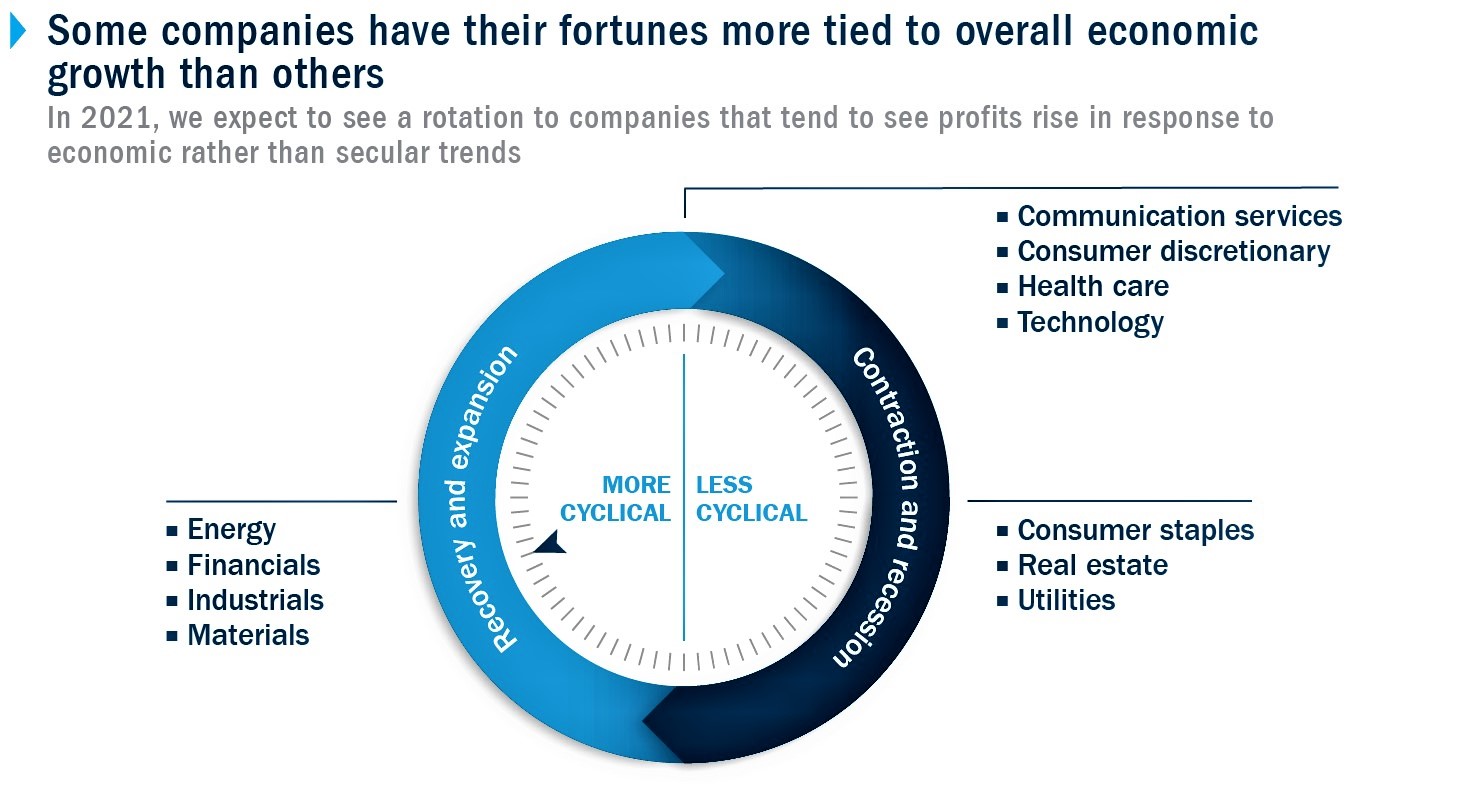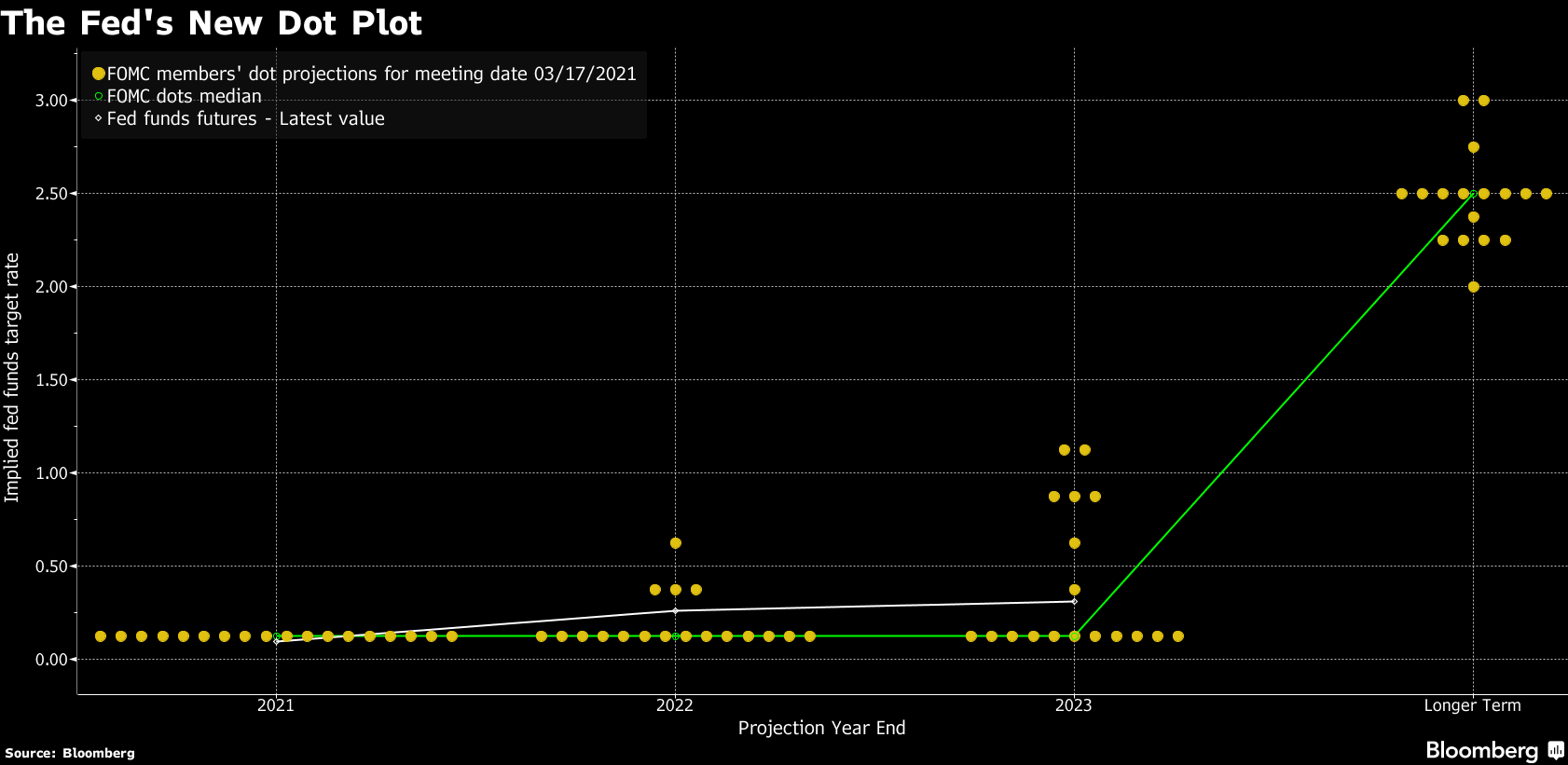Published: April 11, 2021

Relevant Strategies
- International Balanced
- International Growth
- Natural Resources
- Gold and Precious Metals
- Peter Schiff
Our Commentary
Now that Spring has sprung, there is a palpable sense of optimism in the air. The hope is that the dark days of winter will prove to have been the peak of the COVID-19 pandemic in the US and Europe, and that global growth will surprise on the upside this year, buoyed by the promising pace of vaccine rollouts and economies opening up.
Vaccine progress
The race to administer vaccines to curb spiraling infections and, in particular, hospital admissions was a feature of the quarter. Globally 15 million doses have been administered but most countries have barely started. Nonetheless, the US and the UK have seen infection rates coming down significantly.
Progress in the EU has been slower. The region is battling to roll out vaccine programs fast enough and infections are rising steeply again, particularly in France where hospitals are filled to capacity.
Irrespective of regional differences, it is clear that the global impact of the pandemic will continue to impact daily life for some time. Governments will attempt to reopen their economies depending on the infection rate’s improvement.
Will Bulls prevail over Bears?
After a turbulent February and March, the US stock market has staged a full recovery and continues to hit new highs. The S&P 500 index climbed past 4,000 for the first time in its history, while the FTSE 100, hindered by a large financial sector and lingering worries about Brexit, has recovered to within 10% of the level at which it began last year.
Cyclical stocks that were hardest hit by the pandemic last year, as well as emerging market assets, have been the primary beneficiaries of the reflation trade that has prevailed during the quarter. The cyclically adjusted price-earnings ratio is now the second highest it has ever been which could be evidence of a speculative bubble. It is, however, usually the pre-emptive tightening of monetary policy that bursts a bubble, we see no sign of that coming any time soon.

While equity investors’ sentiment is still bearish, their worry is nothing new. A chart of the US stock market recovery from the financial crisis in 2008 looks like one continuous worry-free bull market. Even the eurozone crisis of 2012 barely registers more than a blip. In reality, we know that throughout that decade things certainly didn’t feel so calm. Looking back, there was always a long list of dreads demanding the attention of financial pundits, investors, and global asset allocators. One of them is rising treasury yields.
A closer look into bond markets
In recent daily press, the stock and bond markets have been way ahead of the mood, especially bonds.
Throughout most of the recovery, sovereign yield curves were firmly positive, forecasting a rise in interest rates that never came. Instead, they fell further to nearly zero, providing fuel for the rising stock, bond and property markets.
In the US, UK and even in Germany, bond yields have risen to where they were in January 2020. The direction of travel has been similar across all developed markets. But that is where the similarity ends. The US 10-year Treasury now yields 1.7% whereas the UK 10-year Gilt yields less than half that. The German bond is still in negative territory, yielding -0.3%. This is a big difference.
Combined with the continued strength of the US dollar, some analysts believe treasuries could yet again prove to be a tempting target for asset allocators while only a minority are anticipating the rise in yields to directly precipitate a bear market in equities.
Central Banks will keep rates low…for now
Inflows from the rest of the world would ultimately act to put upward pressure on the US dollar. This, in turn, would alleviate inflationary pressures in the US – which is what everyone seems to be worrying about.
Perhaps this explains why the US Federal Reserve appears to be so sanguine about its own inflation targets? The European Central Bank, perhaps fearing a sell-off in its own government bonds, has stepped up its bond-buying program to keep yields down. While the US can seemingly prosper with relatively higher borrowing costs, clearly the concern of the ECB is that the eurozone cannot.

In addition, because rising 10-year yields push up expectations of future rate rises, the UK could also have a problem with its sensitivity to rising base rates. This is because the payments for UK mortgage borrowers are linked to short rates in a way that those of US borrowers, linked to 25-year rates, are not. The Federal Reserve may be reluctant to raise base rates back up to 1.5% but for the Bank of England it is almost unthinkable.
Whatever directions that bond yields may go, our international funds are well-diversified to be resilient against the current market’s volatility and fears.
Precious metals

The prospect of inflation that so bugged investors actually came in the form of rising asset prices rather than in the cost of living. The gold price doubled in the years following the financial crisis and while there has been some profit taking since the US election, gold retains many attractions, from being a potential inflation hedge to a safe haven.
We retain exposure to the gold price as inflation, rather than Covid-19, appears once again to have been investors’ main concern since the start of the year.
Stock market outlook
Economically-sensitive stocks should continue to perform well, albeit they remain susceptible to bouts of volatility sparked by movements in bond yields. The $1.9tn US fiscal package, continued monetary policy support, rising vaccine supply and distribution, and significant amounts of corporate and consumer cash waiting to be deployed are tailwinds of equity values.
Earnings continue to beat consensus analyst estimates and conservative company guidance with earnings momentum greatest in energy, materials, financials and information technology.
Technology remains within the top five earnings momentum plays, even though mega-cap technology stocks were the most affected by the reflation trade and rise in bond yields during the first quarter. Economically-sensitive sectors, including cyclical stocks and reopening plays, could surprise further to the upside.
Moreover, after a decade of over-predicting inflation, central banks will require strong evidence of wage growth before reducing stimulus this time. This is supportive of positive stock performance in the future.
Portfolio Actions
Historically, April has been bullish for US stock markets. Despite the devastating impact of COVID-19 to the global economy, we have seen bullish sentiment remaining resilient in many stock markets. However, rising treasury yield remains a threat to Tech stocks that we cannot undermine.
We believe that our funds with exposure to US stock markets are currently well-diversified so that an unexpected performance of either the stock or bond markets may become a neutral factor to our portfolios’ performance.
Despite the Fed’s reassurance of keeping inflation under control, investors still fear that inflation may surprise to the upside in the short-term. Hence, we maintain our exposure in gold to capture both shot term and long term price appreciation of precious metals, which are affected by current easy monetary policy and expansionary fiscal policy of governments to jump start their COVID battered economy.
Lastly, we will continue to identify new trends and seeking exceptional investment opportunities to add to the growth potential of your portfolios.
Regards,
Euro Pacific Advisors Management Team
